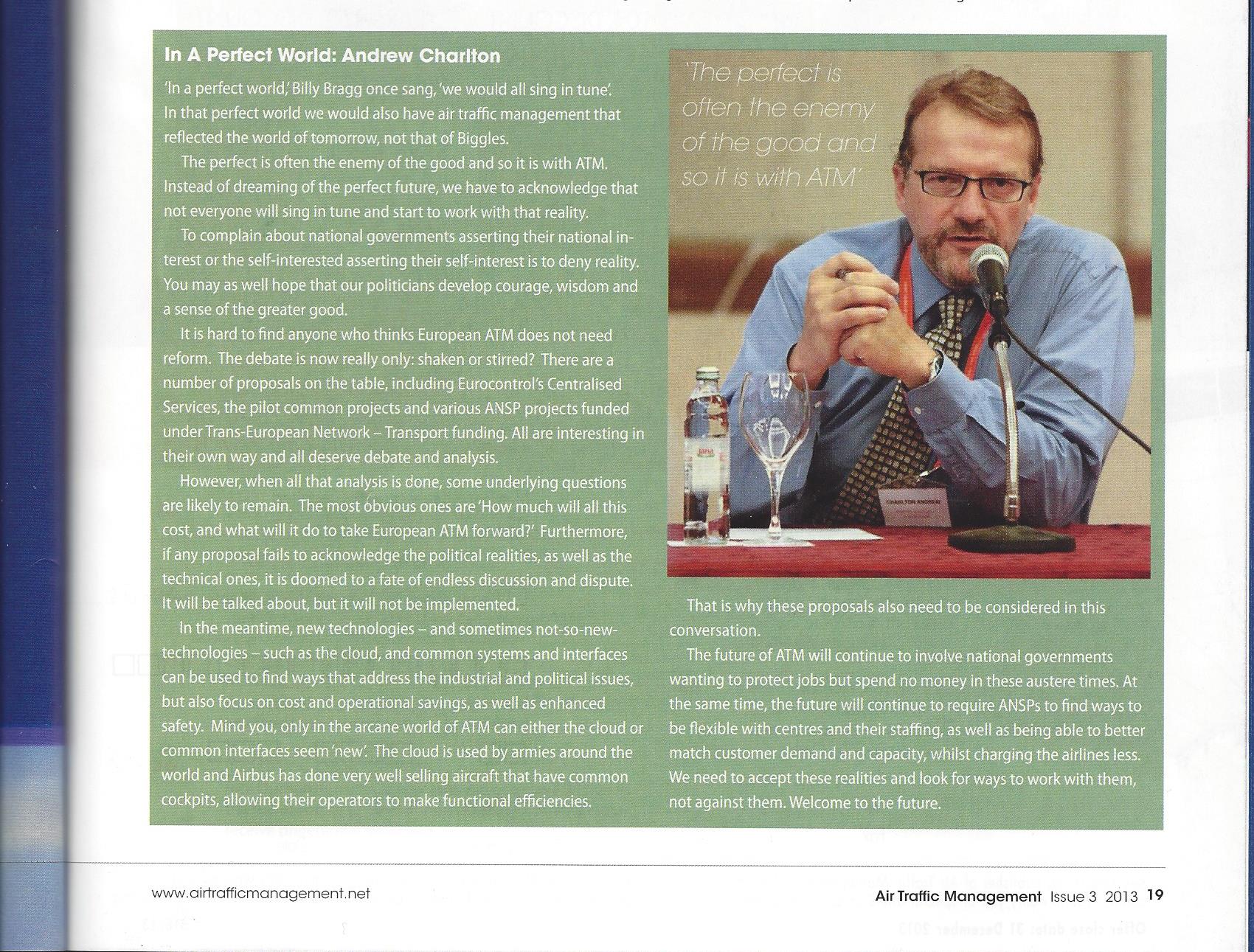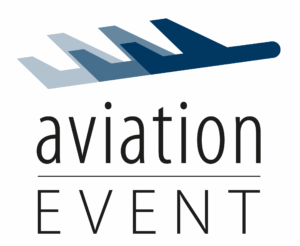Establishing an effective regional body in the Middle East
Aviation already comprises more than a quarter of Dubai’s gross domestic product, some $22 billion a year. Much of that comes from Al Maktoum’s older sister Dubai International Airport – the fourth busiest airport in the world serving in 2012 around 57 million passengers. Even so that airport is expected to reach its full capacity of 90 million passengers by 2020 and so the new airport is an attempt to retain Dubai’s edge in the market.
Capacity
Dubai Airports CEO Paul Griffiths speaking at the inauguration of the new passenger terminal said that while there were no plans to close Dubai International, the decision would be ultimately determined by airspace capacity.
The issue of airspace capacity is becoming a critical factor in the region’s aviation ambitions. Forecast to be one of the fastest growing regions, while investment in airports has met the immediate demands of fast growing airlines, the capacity of its fragmented airspace has not grown at the same rate and is fast becoming a constraint to growth.
In an attempt to address this, the Middle Eastern membership of the Civil Air Navigation Service Organisation (CANSO) formed a working group which in 2010 established the MIDRAR project to offer some short, medium and long-term airspace improvements.
Working closely with ICAO and supported by many of the region’s air navigation service providers, the International Air Transport Association and airspace users, the project used passenger and traffic growth forecasts, data from previous regional studies and national plans, and input directly from stakeholders, to identify the most pressing operational challenges which could realistically be resolved through regional cooperation.
Response
Although its geographical scope deliberately extended beyond the CANSO membership to include the FIRs of Bahrain, Cairo, Amman, Muscat, Jeddah, Damascus, UAE and Kuwait, the exercise proved that there are no easy solutions to establishing a regional response to those airspace challenges. Each practical initiative that MIDRAR proposed would require the vital commitment of individual states supported by a regional co-ordinating effort. The fact is that the complexity of the airspace environment in the Middle East reflects the region’s varied geopolitical structure – and therein lies the rub.
Alan Corner of UK air transport consultancy Helios which worked on the project says cost also emerged as an issue, especially within those states that may be asked to fund work that while delivering benefits to the region as a whole would not immediately be of any use to them. “And, set against the context of growing demand, these practical but fairly unambitious solutions might, on their own, not prove enough to satisfy the airspace users,” he adds.
Middle East airspace is, after all, becoming increasingly recognised as an important resource, especially for airlines transporting passengers and cargo to and between Africa, Europe and the Asia-Pacific. The unprecedented capacity crunch threatens to restrict future growth and limit the region’s economic development.
Corner says that while individual states have introduced measures to improve their own efficiency and are progressively doing more bilaterally to address specific issues such as between the UAE, Bahrain and Oman, without better cooperation and the development of a regional approach, future airspace capacity is unlikely to meet the growing demand of those airspace users.
Concept
John Swift, regional managing director for UK air navigation service provider NATS, which has been operating in the Middle East for the last eight years, says the concept of a regional solution is essential.
“Many of the issues being faced by Gulf Cooperation Council states cannot be completely addressed within their own borders. If one state invests heavily in new systems and training to raise the capacity of its airspace, it will not fully achieve the benefits unless enhancements are coordinated with its neighbours.
“The first challenge for such a concept is for all stakeholders to acknowledge that a regional solution is required, and identify the appropriate body to co-ordinate activities, integrating the master plans of individual states and identifying efficiencies and quick wins,” says Swift who adds “The biggest challenge to this concept is that there is not enough open debate about the possibilities, or recognition of the economic benefits that would flow to all the states involved in such an initiative.”
While global aviation’s sovereign body ICAO engages with all Middle Eastern states and coordinates at policy level, an alternative forum to coordinate and support the implementation of regional airspace activities emerged three years ago in the form of MEAUSE or ‘Middle East Air Navigation Service Provider, Airspace User & Stakeholder Engagement ‘ which CANSO hopes will become the focal point for developing solutions.
MEAUSE
Launched as a CANSO working group, MEAUSE has evolved to become a mechanism to facilitate addressing the acute imbalance between traffic growth and airspace capacity.
Its first tentative steps were taken to create an understanding – at the most basic level – about the need for cooperation if the region is to survive explosive traffic growth and maintain the economic benefits aviation has brought. Much of the early focus has been on the fundamentals of ‘customer relationships’, signalling the realities of historically disjointed relationships between the various stakeholders.
Even so, ICAO which maintains an office n the region has a potentially stronger role to play supporting developments in the region – recognised by the fact that ICAO has been commissioned to establish a Middle East Air Space Enhancement Programme, which will consider the findings of the MIDRAR project along with other options, but under ICAO’s Middle East regional structure.
“ICAO is a good vehicle because everyone recognises it – they are all contracted states. At the same time, CANSO is successful at providing a non-state-level platform where different stakeholders can engage,” says Corner.
ProSky
The issue over whether national initiatives can really be implemented in parallel with the broader region’s needs was perhaps most recently highlighted by the recent completion of the UAE’s airspace and air traffic management system study jointly with Airbus ProSky in its quest to create ‘a sustainable aviation system’.
“General Civil Aviation Authority (GCAA) is committed to making the difficult choices and putting forth effort to realise our ATM Strategic Plan for 2030,” says Ahmed Al Jallaf, GCAA executive director of air navigation services. “This study has produced extremely important research allowing us to be the Middle East ATM leader and set examples for other regions,” he adds.
While the study is crucial to ensure the UAE’s airspace structure and ATM system will be able to handle traffic growth, beyond the remedies the report’s 53 recommendations offer, the question remains: how will the UAE’s work be integrated with regional needs?
Rivalries will undoubtedly persist but at least the Middle East can draw on the growing number of examples from around the world where co-operation has delivered tangible improvements to airspace efficiency and capacity.
Single Sky
As CANSO’s Salem Al–Jahdli points out: “In much the same way that fragmentation forced the European region to adopt its ambitious Single European Sky initiative, the Middle East is recognising that its own fragmentation is creating safety, efficiency and capacity challenges for the region that can only be effectively tackled through cooperation and planning.”
Corner agrees. “The Middle East is different, but there is nothing to suggest that much of what is being done in other regions could not also be implemented in the Middle East. Regulators, ANSPs and airspace users now routinely engage in various regional fora, including MEAUSE, and there are a number of local initiatives such as the A-CDM trial in Jeddah and the Emirates FLOW project in Dubai, which have the potential to be expanded further in the future.”


